- AGL signs renewable energy offtake deal for Western Australian unit Reuters
- AGL inks offtake agreement for $400m Tilt Renewables Waddi Wind Farm businessnews.com.au
- Federal Govt approves Waddi wind farm for construction Midwest Times
- Tilt poised to break Australia’s year-long wind drought after landing new PPA and banking deal Renew Economy
- AGL Strikes 15-Year Deal to Buy Clean Power From WA Wind Project Crude Oil Prices Today | OilPrice.com
Blog
-
AGL signs renewable energy offtake deal for Western Australian unit – Reuters
-

Black hole collisions explained by new simulations of OJ 287 system
Black hole collisions explained by new simulations of OJ 287 system
by Clarence Oxford
Los Angeles CA (SPX) Oct 30, 2025
Researchers at the Canadian Institute for Theoretical Astrophysics (CITA) and their collaborators have used…
Continue Reading
-
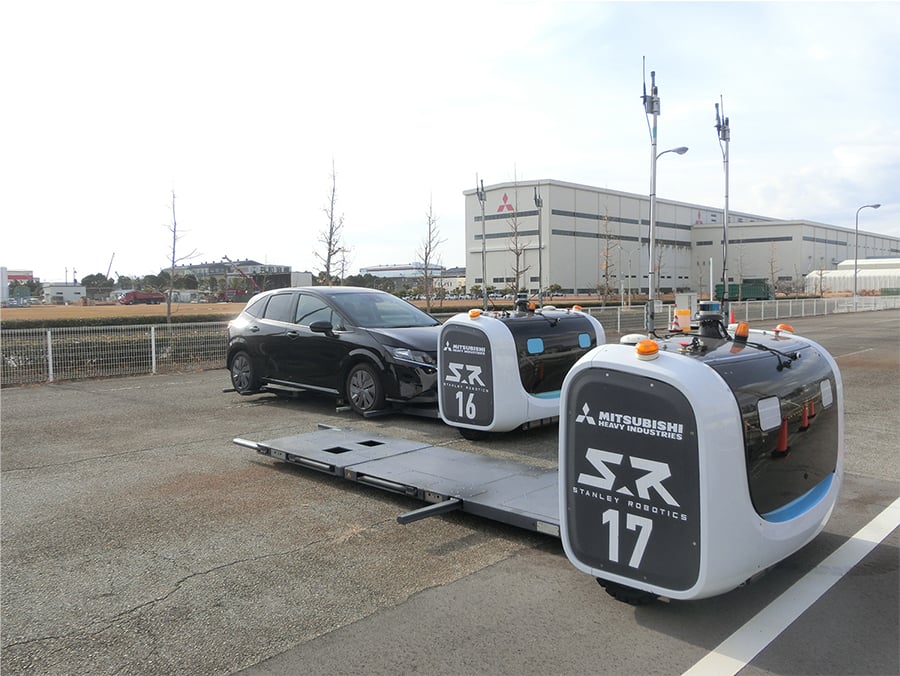
MHI-MS to Conduct Demonstration Testing of Vehicle Transport Robots at Nakagusuku Port in Okinawa– Project to Realize “People- and Earth-Friendly Vehicle Transport” that Eases Workloads in Harsh Working Conditions and Curbs CO₂ Emissions —
Vehicle transport robots
Tokyo, October 30, 2025 – Mitsubishi Heavy Industries Machinery Systems (MHI-MS), a part of Mitsubishi Heavy Industries (MHI) Group, will conduct demonstration testing of finished vehicle logistics (FVL) using vehicle transport robots to autonomously move automobiles. Following a proposal adopted for “Testbed Support Subsidy Program”(Note1) conducted by Okinawa Prefecture, demonstration testing is scheduled to begin on December 1 this year at the prefecture’s temporary vehicle storage yard (motor pool) at Nakagusuku Port (Uruma, Okinawa Prefecture).
Vehicle transport robots are used to autonomously move finished vehicles at automobile manufacturing plants, motor pools, and for automated valet parking at shopping malls, theme parks, and airports.(Note2) The system enables automated transport even if the vehicle itself is not equipped with autonomous driving capabilities or communication functions, and can be widely utilized in motor pools for both new and used cars without the need for vehicle modification or extensive installation of equipment on the infrastructure side, and without major changes to current operations.
MHI-MS has been jointly developing the first advanced automated transport robot business in Japan with Stanley Robotics, a French venture company, since 2021. As of October 2025, seven core patents have been registered in Japan for automated transport robots, which will drive market expansion. In consideration of the unique conditions in Japan, domestic development of a customizable system was completed in March this year.
Okinawa, the site of the demonstration testing for finished vehicle transport, is a region with a high rate of private car ownership, with the number of private cars owned per capita of the population over the age of 20 exceeding the national average. Used cars especially are preferred by many prefectural residents because they are less expensive than new cars, and play an important role in the infrastructure supporting everyday life. In addition, because of the many tourist arrivals in Okinawa from Japan and abroad, the number of rental car registrations is one of the highest in Japan. Registered rental cars are replaced every few years and sold on the market as used cars. In this way, the used car market supports Okinawa’s industry and the everyday lives of people.
The Nakagusuku Port Motor Pool is mainly used for temporary storage of used cars prior to shipping, and transport services such as the loading and unloading of used cars are conducted at the site on a regular basis. In addition, the outdoor work environment has become harsher due to global warming, so reducing the physical burden on workers and ensuring a sustainable working style is an urgent matter. Strategies to address labor shortages due to the declining birth rate and aging population have also become a concern. In addition, the application of DX (digital transformation) technologies for vehicle management, such as visualization of the storage location of used cars, was also a factor for future consideration.
MHI-MS decided to participate in this program in Okinawa Prefecture to demonstrate the effectiveness of vehicle transport robots as a solution to such challenges. The demonstration testing will evaluate the potential for improving the working environment, and responding to labor shortages, as well as “human-centered robot utilization” such as robot-based yard management systems and DX to handle vehicle location information. The tests will also evaluate the potential contribution to decarbonization efforts by confirming supplemental benefits such as curbing CO2 emissions through reduced driving of gasoline-powered vehicles.
Going forward, as a company committed to creating new value for society and solving future societal issues through mechatronics, MHI-MS will establish a new future for finished vehicle transport that is friendly to both people and the planet.
- 1 “Testbed Support Subsidy Program (Okinawa Prefecture Subsidy Program)” provides support for proof-of-concept experiments within Okinawa Prefecture by companies with innovative digital technologies and services, with the aim of furthering innovation and solutions to societal issues.
See the following website for more information about the program.
https://testbedislandokinawa.com(Japanese) - 2 When the driver stops at a designated berth close to the facility, the vehicle transport robot moves the vehicle to a vacant space, taking over parking on behalf of the driver. The process is reversed when retrieving the vehicle, with the robot transporting the vehicle back to the berth at the time specified by the driver in advance using the smartphone app. For drivers, there is no need to find a parking space or park, and no concerns about brushing against the adjacent car when opening the door.
Related Press Releases
“MHI Group to Deliver Japan’s First Systems for Automated Valet Parking and Automated Transportation of Finished Vehicles” (October 27, 2021)
https://www.mhi.com/news/21102702.html“MHI Group to Begin Demonstration Testing of Automated Valet Parking System Using AGV Robots at Outlet Mall in Chiba” (June 13, 2022)
https://www.mhi.com/news/220613.html“MHI-MS Completes Domestic Registration of Core Patents for Vehicle Transport Robots” (September 11, 2024)
https://www.mhi.com/jp/news/24091101.html (Japanese)“MHI-MS Completes Domestic Development of Vehicle Transport Robot” (March 4, 2025)
https://www.mhi.com/news/250304.htmlContinue Reading
- 1 “Testbed Support Subsidy Program (Okinawa Prefecture Subsidy Program)” provides support for proof-of-concept experiments within Okinawa Prefecture by companies with innovative digital technologies and services, with the aim of furthering innovation and solutions to societal issues.
-
Hyundai Motor Breaks Ground on Hydrogen Fuel Cell Production Facility in Korea
Advancing Core Technologies
The facility aims to position Hyundai Motor at the forefront of global hydrogen technology through two key products:
- Next-generation hydrogen fuel cell: Hyundai Motor targets enhancing both power output and durability compared to current models while achieving price competitiveness to lead the global market. Fuel cells generate electricity through electrochemical reactions between hydrogen and oxygen, functioning as onboard power generators.
- PEM electrolyzers: The plant will produce high-efficiency polymer electrolyte membrane (PEM) electrolyzers as first production in Korea. These electrolyzers generate high-purity hydrogen from water without carbon emissions — a critical technology for achieving global net-zero targets. Drawing on nearly three decades of fuel cell development expertise, the company has achieved approximately 90 percent localization of electrolyzer components.
The company has already developed an electrolyzer stack and in February completed a 1 MW containerized electrolyzer system that is currently in demonstration operation, producing more than 300 kg of high-purity hydrogen daily. A 5 MW-class large-scale project is currently under development in Jeju, Korea, with the goal of establishing a complete green hydrogen ecosystem.
Advanced Manufacturing Platform
Hyundai Motor plans to operate the new Ulsan hydrogen fuel cell production facility as an advanced manufacturing platform incorporating core technologies from its accumulated human-centered manufacturing expertise.
The plant will extensively deploy robotics technologies to reduce worker strain while enhancing operational efficiency. Advanced monitoring systems will detect even minute safety hazards to protect workers.
Expanding the Hydrogen Ecosystem
The fuel cells produced will be optimized for different applications, from passenger vehicles to commercial trucks, buses, construction equipment and marine vessels.
Beyond fuel cells, Hyundai Motor Group is developing comprehensive solutions across the hydrogen value chain — from resource-circular production to storage, transport and utilization — while building partnerships with governments, global companies and research institutions.
The groundbreaking ceremony is expected to serve as a platform for collaboration among government, local authorities and industry stakeholders, reinforcing a unified approach toward accelerating the hydrogen economy. Hyundai Motor aims to strengthen its global leadership in hydrogen and expand strategic partnerships to support carbon neutrality and ecosystem development.
Attendees at the ceremony viewed multiple generations of fuel cells and electrolyzers, along with hydrogen-powered vehicles including the all-new NEXO SUV, trucks, excavators, vessels, tractors and forklifts — showcasing the extensive applications of hydrogen mobility.
The facility is expected to scale production in line with market growth, contributing to the expansion of the global hydrogen ecosystem and supporting infrastructure development.
At the ceremony, Hyundai Motor and Korean bus manufacturer KGM Commercial signed a Memorandum of Understanding (MoU) for fuel cell supply, highlighting the plant’s pivotal role in advancing Korea’s hydrogen ecosystem.
Continue Reading
-
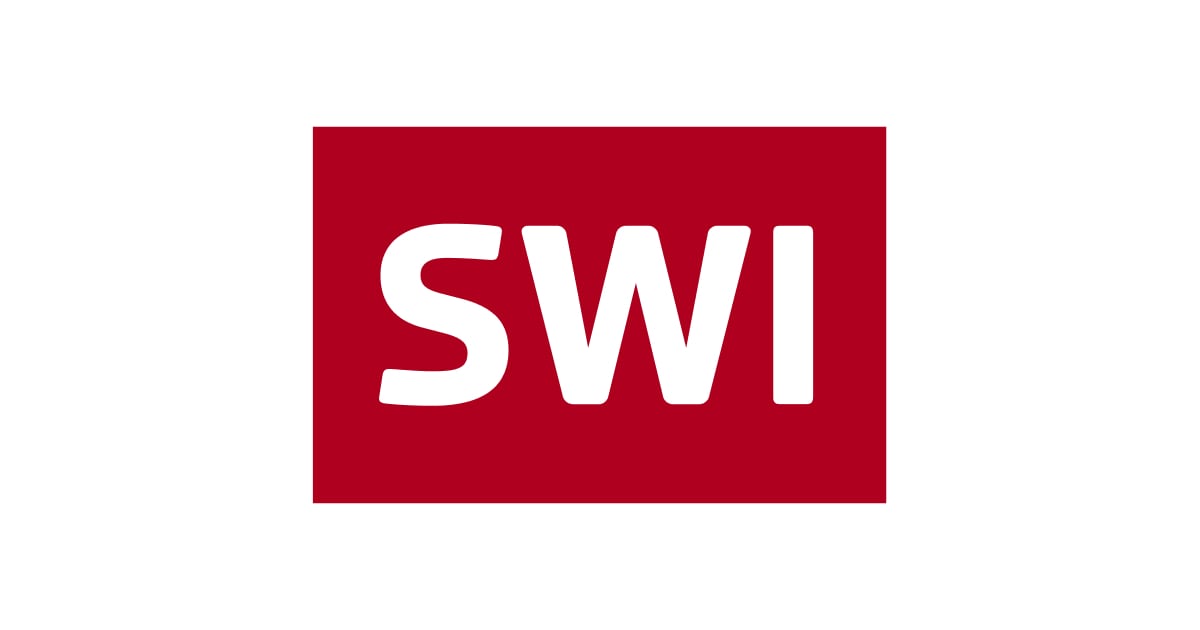
Asian Stocks Mixed as Powell Cautious on Rate Cut: Markets Wrap
(Bloomberg) — Asian stocks struggled for direction after Federal Reserve Chair Jerome Powell cautioned about further interest-rate reductions, saying a cut in December isn’t a foregone conclusion.
A gauge tracking the region’s stocks was little changed Thursday while South Korean shares gained after striking a trade deal with the US. Contracts for US indexes swung in between gains and losses. Government bonds in Australia and New Zealand tracked Wednesday’s losses in Treasuries, with the yield on the US 10-year trading at 4.07% in early Thursday trading. Gold edged up after four days of losses.
Earnings from tech megacaps were also mixed. Meta Platforms Inc. shares fell 7.7% in extended trading while Alphabet Inc. jumped 6%. Microsoft Corp. also retreated after earnings. Samsung Electronics Co. shares edged up after profit beat estimates.
Following the Fed’s expected rate cut, Powell’s caution about future moves and his focus on labor market risks led investors to scale back easing bets. Against this backdrop, markets now await policy signals from the Bank of Japan and the European Central Bank later Thursday, while also watching the upcoming meeting between President Donald Trump and Xi Jinping for clues on the world’s largest trade dispute.
“Asian markets will certainly start on the back foot today” after anticipation of a Fed cut in December and more an 2026 had spurred global stocks to record highs in recent weeks, said Nick Twidale, chief market analyst at AT Global Markets.
Fed officials delivered their second straight rate reduction to support a softening labor market, and said they would stop shrinking the portfolio of assets on Dec. 1. Governor Stephen Miran dissented again in favor of a larger reduction. Kansas City Fed President Jeff Schmid said he preferred not to cut rates at all.
“At a time when it’s flying with only one eye open, the Fed decided that the softening in the labor market is a bigger concern than the stickiness of inflation,” said Jack McIntyre at Brandywine Global. “What makes less sense is the odd range of dissents. This divergence means less complacency in financial markets, more volatility, and more two-way flows.”
On trade, Trump and Xi are set to finalize a détente as they meet in South Korea, putting the world’s biggest trade fight on hold — at least for now. China’s purchase of two US soybean cargoes — its first this season — hints at renewed trade flows under a broader pact that may roll back some recent tariffs and export curbs.
Meanwhile, the Bank of Japan is broadly expected to hold its benchmark interest rate steady at 0.5% on Thursday at its first policy meeting since Sanae Takaichi, a monetary easing advocate, became prime minister last week.
With almost all economists in a Bloomberg survey forecasting a rate hike in December or January, BOJ watchers will be parsing the statements and Governor Kazuo Ueda’s remarks for indications on when the move might come.
“Any hawkish signals could prompt markets to bring forward expectations for rate hikes,” Carol Kong and Samara Hammoud, strategists at Commonwealth Bank of Australia wrote in a note. “A hawkish BOJ is to also weigh on USD/JPY, with the market only pricing a modest chance of a 25 basis point hike before year-end.”
Meanwhile in other corporate news, artificial intelligence startup OpenAI is preparing to file for an initial public offering as soon as next year that may give the company a market capitalization of $1 trillion, Reuters reported Wednesday, citing unidentified sources.
Some of the main moves in markets:
Stocks
S&P 500 futures rose 0.1% as of 9:16 a.m. Tokyo time Hang Seng futures were unchanged Japan’s Topix rose 0.1% Australia’s S&P/ASX 200 fell 0.3% Euro Stoxx 50 futures rose 0.2% Currencies
The Bloomberg Dollar Spot Index was little changed The euro was little changed at $1.1606 The Japanese yen was unchanged at 152.73 per dollar The offshore yuan was little changed at 7.0956 per dollar The Australian dollar was little changed at $0.6579 Cryptocurrencies
Bitcoin fell 1.1% to $110,201.36 Ether fell 1% to $3,911.03 Bonds
The yield on 10-year Treasuries was little changed at 4.07% Japan’s 10-year yield advanced one basis point to 1.650% Australia’s 10-year yield advanced 10 basis points to 4.32% Commodities
West Texas Intermediate crude fell 0.3% to $60.30 a barrel Spot gold rose 0.7% to $3,957.05 an ounce This story was produced with the assistance of Bloomberg Automation.
–With assistance from Matthew Burgess.
©2025 Bloomberg L.P.
Continue Reading
-
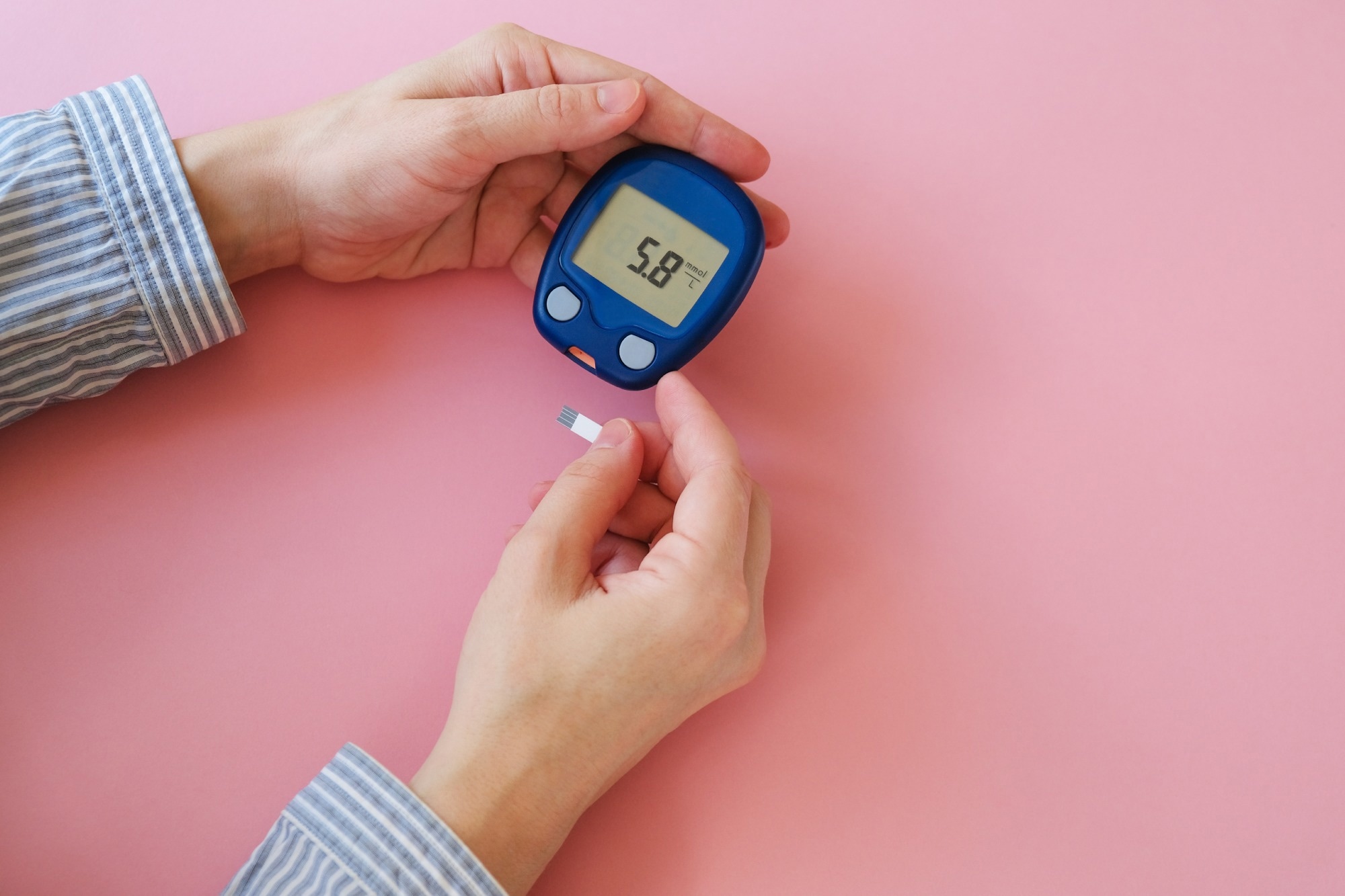
Diabetes remission possible with GLP-1 drugs, Italian study confirms
Real-world data from over 14,000 Italian adults reveal that GLP-1 receptor agonists can induce remission in type 2 diabetes, with one clinically balanced definition linking drug use to reduced cardiovascular and microvascular…
Continue Reading
-

Oil Edges Lower as Traders Set Sights on US-China Summit, OPEC+ – Bloomberg.com
- Oil Edges Lower as Traders Set Sights on US-China Summit, OPEC+ Bloomberg.com
- Oil dips on worries about Russian sanctions, OPEC+ output increase Business Recorder
- Crude Oil Outlook: WTI Crude Remains Weak Ahead of the OPEC+ Meeting FOREX.com
- Oil prices fall to $64.31 amid Russian sanctions, OPEC+ output hike plans Economy Middle East
- Crude oil futures settle at $60.48 TradingView
Continue Reading
-

YouTube Implements New Restrictions on Gaming and Gambling Content
YouTube’s looking to crack down on depictions of violence in gaming content, while it’s also implementing new restrictions on gambling promotions, in line with evolving community…
Continue Reading
-

Should K-beauty products have to come from South Korea?
David CannBusiness reporter
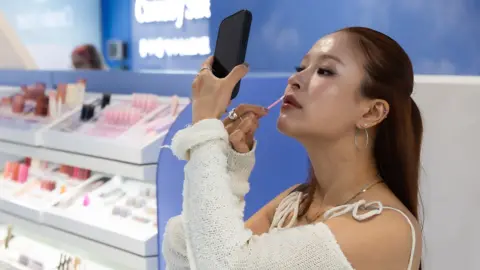 PureSeoul
PureSeoulKorean K-beauty products have caught the imagination of skincare buyers around the world Korean skincare or “K-beauty” products are very popular around the world.
But as exports from South Korea hit $10.3bn (£7.7bn) last year, cosmetics companies in other countries have introduced their own K-beauty ranges that are not Korean-made.
Does this blurring of the definition matter?
K-beauty products first came to international attention in the 2010s, part of a wave of other Korean exports, such as K-pop and K-drama.
The K-beauty skincare regime can be very elaborate, involving as many as 10 different steps, each requiring a separate product. This caught the imagination of people around the world, and sales rose sharply.
Annual exports from South Korea increased from $650m in 2011 to $4bn in 2017, according to official figures, a sixfold rise in just six years.
Recognising this huge jump in demand, cosmetics brand Seoul Ceuticals was launched in 2017, named after the South Korean capital.
“We started to see this increase in growth in interest in K-beauty, and began developing a skincare brand to meet that demand… when we really saw it emerging in the US,” says Seoul Ceuticals’ director of retail relationship Ann Majeski.
“It has been extremely successful. We expect to do over $14m in sales in 2025. We’ve seen a global acceptance and demand for the K-beauty products. We’ve started selling in India, Latin America, Europe and Australia.”
But Seoul Ceuticals is not a Korean company. It is based in the US, where it also manufacturers all its products.
The business doesn’t claim to be Korean, but it does say that it makes “real, authentic Korean skincare”.
That may sound like a contradiction, but the company says it isn’t because its ingredients are sourced from South Korea.
“I think we were a little more sensitive about it when we were first starting, because we wanted to be very transparent that the products are made in the US,” says Ms Majeski.
“[But] we source our ingredients in Korea… we wanted to be able to legitimately say we are a K-beauty brand.”
But not everyone would agree with this.
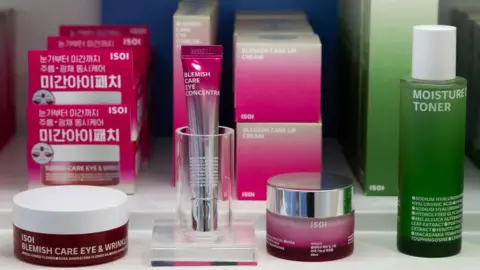 PureSeoul
PureSeoulExports of K-beauty products from South Korea were more than $10bn last year “The products should be manufactured by a Korean manufacturer,” says Seung Gu Kim, co-founder of K-beauty cosmetics firm Hwarangpoom.
He runs the business with his wife Elisa Ahonpää-Ki. While they are based in Finland, all of their team except Elisa are Korean, and all their products are made in South Korea.
“The most important thing that we both absolutely agree is that the brand should develop its concept, and ideas, and products with a Korean perspective,” says Mr Gu Kim.
“That can come through in the ingredients, the design. Or cultural elements, basically anything that clearly connects to the brands to Korea, or at least reflects a Korean influence.”
However, the couple do admit that the definition of K-beauty remains complex.
“I guess it’s a very vague concept, because on the market you will find a lot of brands that are made by Koreans who live abroad,” says Ms Ahonpää-K.
“And then brands like Lancôme and Clinique manufacture their products in Korea and Japan, but then it doesn’t make those brands Japanese and Korean.”
There is currently no official definition of K-beauty. And there is no protected designation of origin to defend it, like in the case of Champagne or Parmigiano Reggiano cheese.
And there is no plan to set one up, according to the K-beauty Industry Association, the only K-beauty trade body officially approved by the South Korean government.
“We are currently more focused in promoting and expanding K-beauty,” says the organisation’s chairman Chang Nam Jang.
“While the trend is quite established in Asia, it is only just starting in Europe and the US, and we don’t want to throttle the growth by imposing any sanctions on them.”
However, the association does have rules for its members – they must be companies that are registered in South Korea, and their products must be officially tested and approved by Korea Food & Drug Administration. That approval is required in order to sell inside South Korea.
“If a product is developed in a way that suits the climate and environment of Korea, and is recognized as a viable product in the Korean market, then we would acknowledge it as K-beauty,” says Mr Nam Jang.
Hwarangpoom agrees with this definition, and has received approval from KFDA. And Seoul Ceuticals has also started the process to attain KFDA approval, to bring their products to Korean consumers.
With K-beauty exports from South Korea in 2024 20% higher than in 2023, there is a lot of money to be made in the sector whether the firms are homegrown or not.
In fact, South Korea is now the largest exporter of cosmetic products after France and the US.
However, this success has spawned counterfeiters.
Mark Lee is the CEO of MarqVision, a US-based business helps firms spot fakes and get them removed from sale.
“For a major Korean beauty brand, which I cannot disclose, we recently conducted 29 test purchases across major US marketplaces,” he says. “Twenty six of them were fake. So that’s a 90% counterfeit rate.”
And in 2024 as a whole, Marqvision identified $280m worth of fake K-beauty products in the US market alone.
The high number of counterfeits greatly frustrated K-beauty fan Gracie Tulio. “Shopping online for K-beauty was a really scary experience,” she says.
 PureSeoul
PureSeoulGracie Tulio, founder of PureSeoul, says many people are buying fakes online This led to London-based Ms Tulio launching PureSeoul in 2019, a K-beauty retail business that sells authentic products sourced directly from Korean manufacturers.
She says she gets customers who visit the shop with suspected fake products to check if they are real.
“Even our customers can be sometimes tempted by the lower price [of online fakes]. It’s so tempting for them just to give it a go and see, and nine times out of 10, it’s not real,” she says.
Read more global business storiesContinue Reading
-

Arsenal 2 – 0 Brighton & Hove Albion – Match Report
Goals from Ethan Nwaneri and Bukayo Saka helped us progress to the quarter-finals of the Carabao Cup with a 2-0 victory over Brighton & Hove Albion.
Mikel Merino’s fine flick helped start a flowing team move, rounded off by Nwaneri early in the…
Continue Reading
